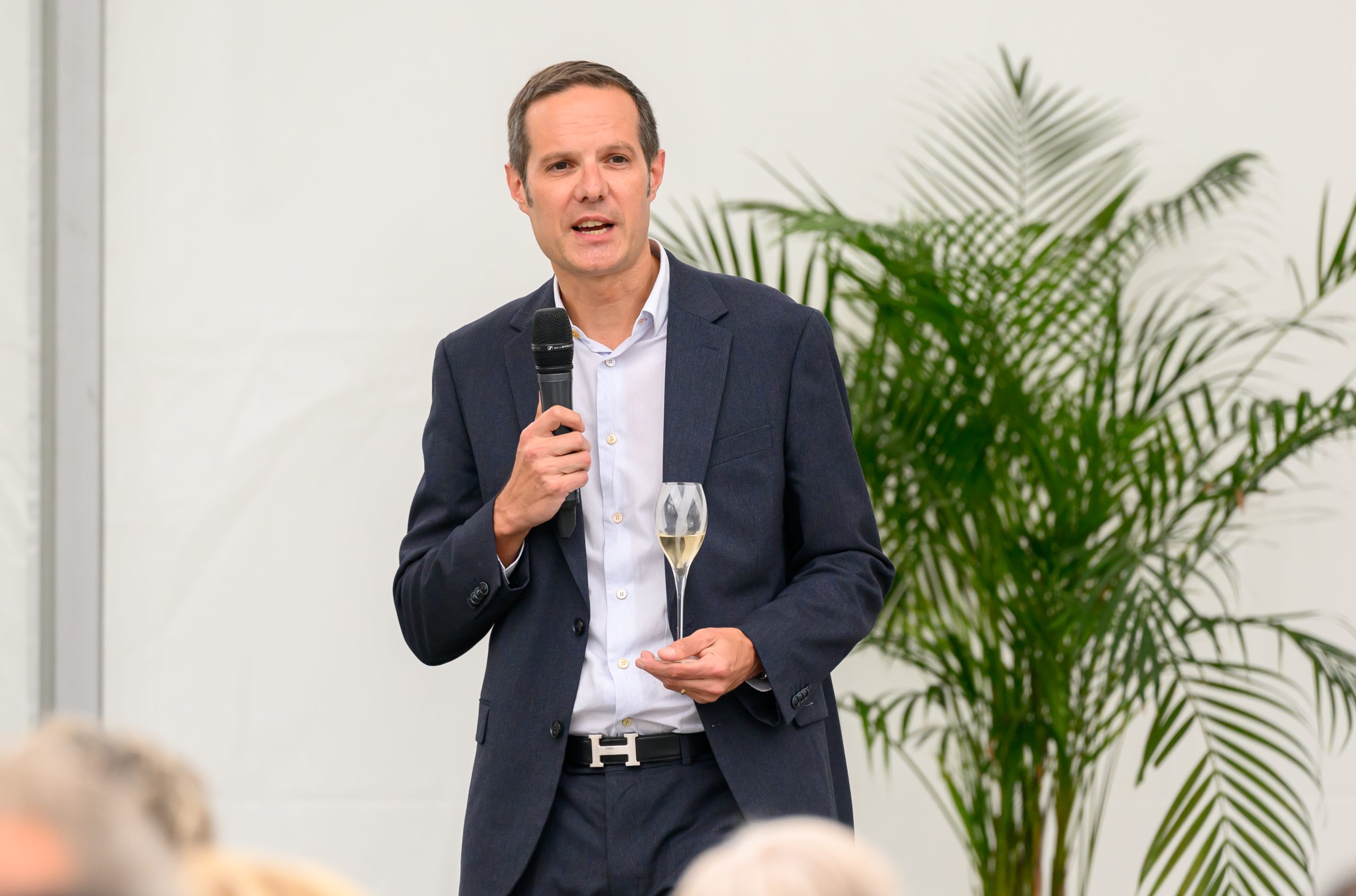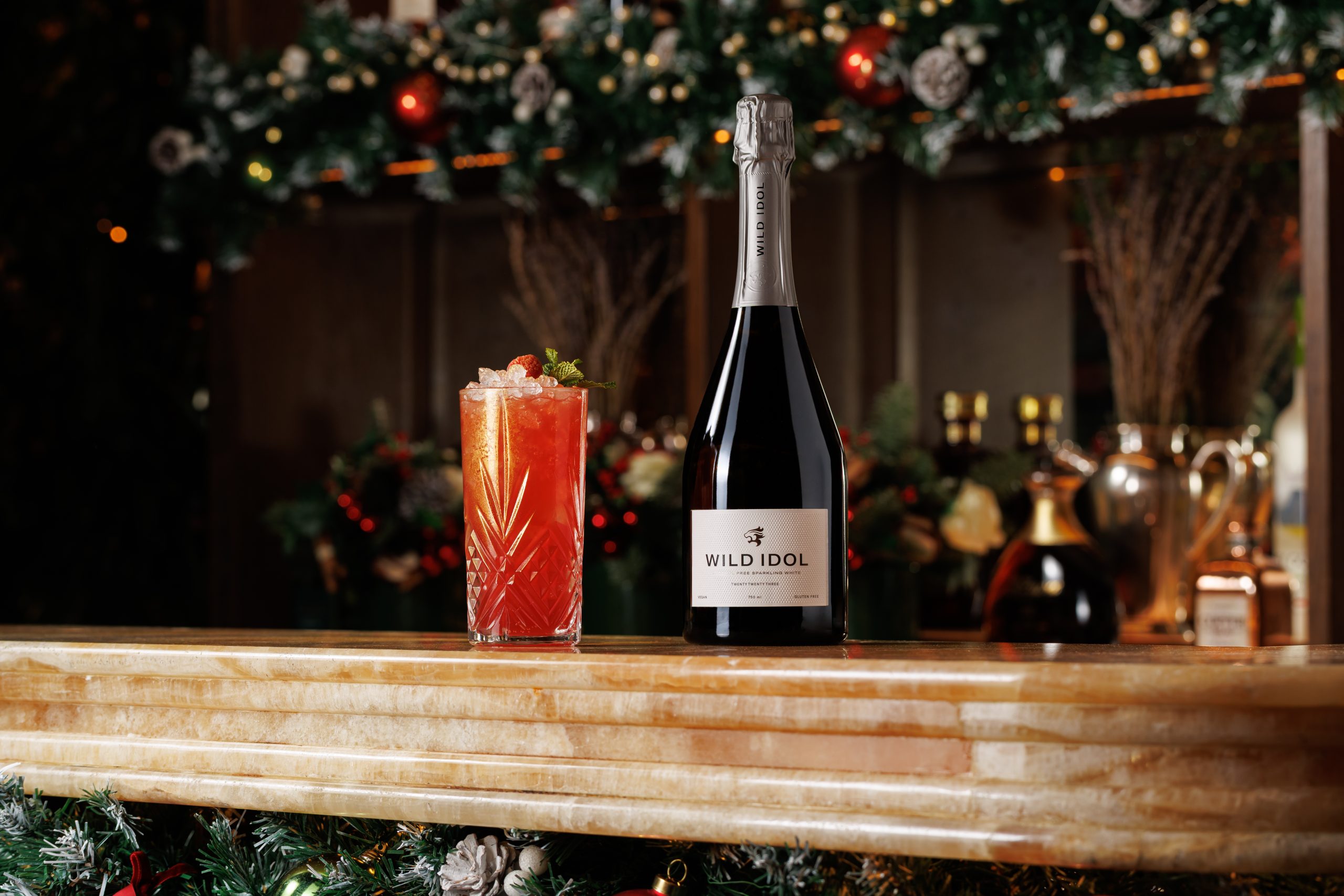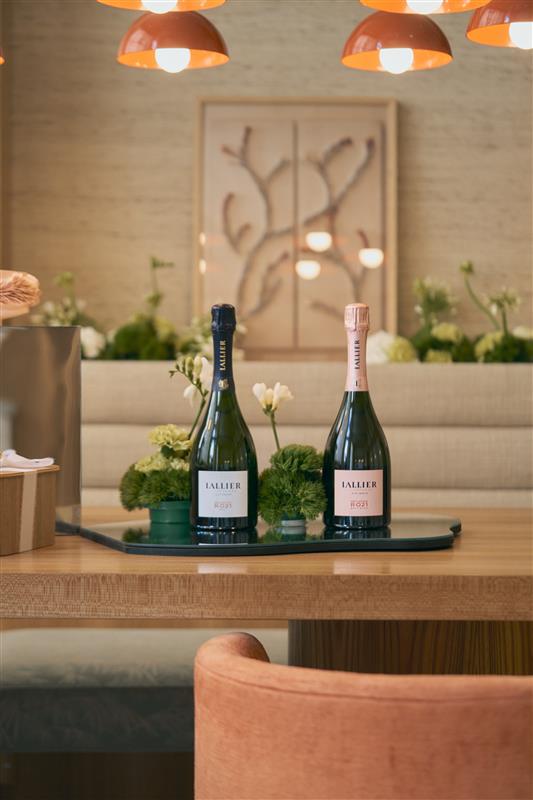£70 Bordeaux blend overcomes vintage variation
One method to get the best from Bordeaux year after year is blending the finest grapes from across the entire appellation, according to Dourthe’s MD, Patrick Jestin.
Such a suggestion stemmed from a vertical tasting of Dourthe’s top label – Essence de Dourthe – which isn’t a cru classé or single vineyard, but a £70 grand vin blend of grapes from Dourthe’s top estates.
Having presented wines back to the 2000 vintage in London last month, Jestin commented, “What surprised me is the quality of wine in the more medium vintages.”
Continuing he remarked, “With wines from a single estate you have a large variation between the top vintage and the others, so normally if you taste a 2006 after a 2005, the 2006 is dead, but not here.”
He also admitted that his favourite wine for drinking now was the 2002, a notoriously cold and wet vintage, while he told db that when he launched Essence de Dourthe in China, he conducted a blind tasting of wines from the 2006 vintage, which the Dourthe blend won, even beating Château Lafite.
Essence de Dourthe is a blend of the best plots from Dourthe’s estates: Château Belgrave in the Haut-Médoc; Chateau La Garde in Pessac-Leognan; Château Le Boscq in St Estephe and Château Grand Barrail Lamarzelle Figeac in Saint-Émilion.
Jestin said that the wine was launched in 2000 to bring something “new and different that would symbolise our vision of great Bordeaux.”
“We are not an owner of a first growth so we wanted to find something unique,” he added.
Making up Essence de Dourthe is a selection from 100 barrels of wine made from the top vineyards at each of the estates.
Partner Content
Just 20 barrels are chosen for the wine, which has a production limit of 6,000 bottles annually – “which was the size of Pétrus at the time so we thought it would be a good number,” explained Jestin.
He also commented that the wine was part of a research programme on improving both vineyard management and winemaking at the Dourthe estates, as well as a means of creating an element of rivalry among the winemakers at the four châteaux.
The proportion of grape varieties used, and the amount of wine from the different sites, varies quite widely according to the vintage conditions, with good years seeing the addition of Cabernet Franc and weaker harvests, such as 2002, seeing increased quantities of Merlot – for example, the 2002 contained 70% Merlot, while the 2005 used 35%.
However, Essence de Dourthe has not been made every vintage since 2000, with no release for 2004, 2007 and 2011.
Jestin noted that the wine has been “quite a success in the UK, mainly thanks to Berry Bros & Rudd”, who sell out their allocation each year “in a matter of hours”.
He also recorded a strong following for the Bordeaux blend in Asian markets Japan and China, while sales are starting to pick up in the US.
On the other hand, he said France was a difficult market – “it only works where you can explain it,” he said.




